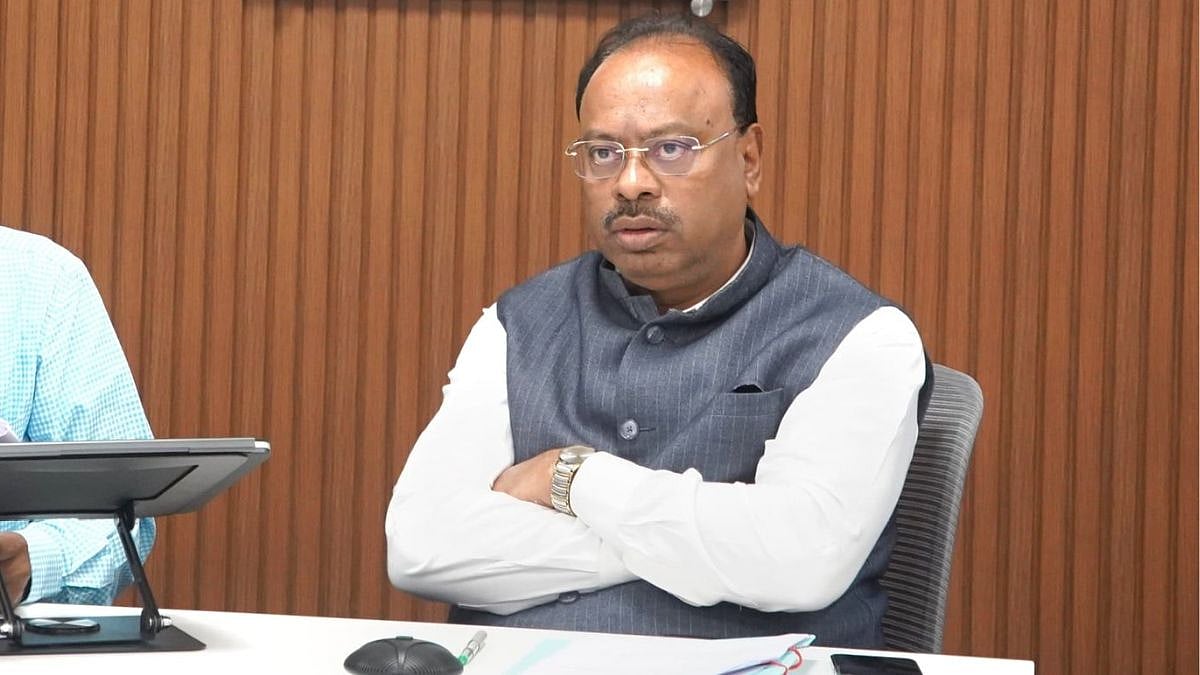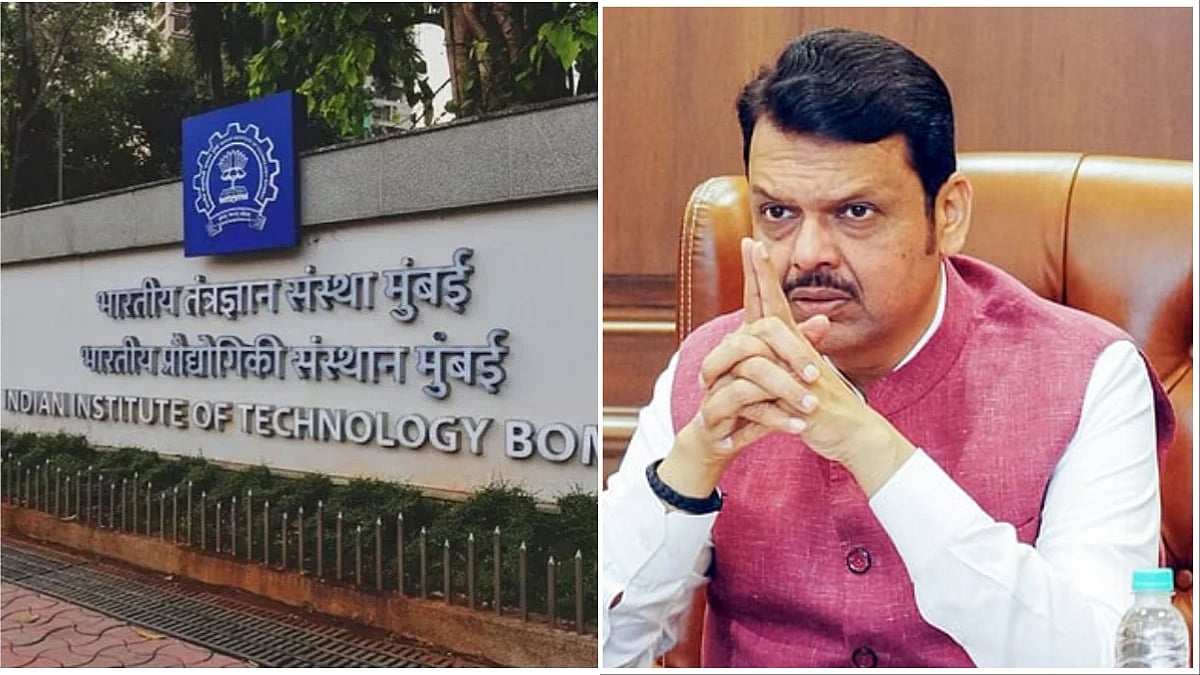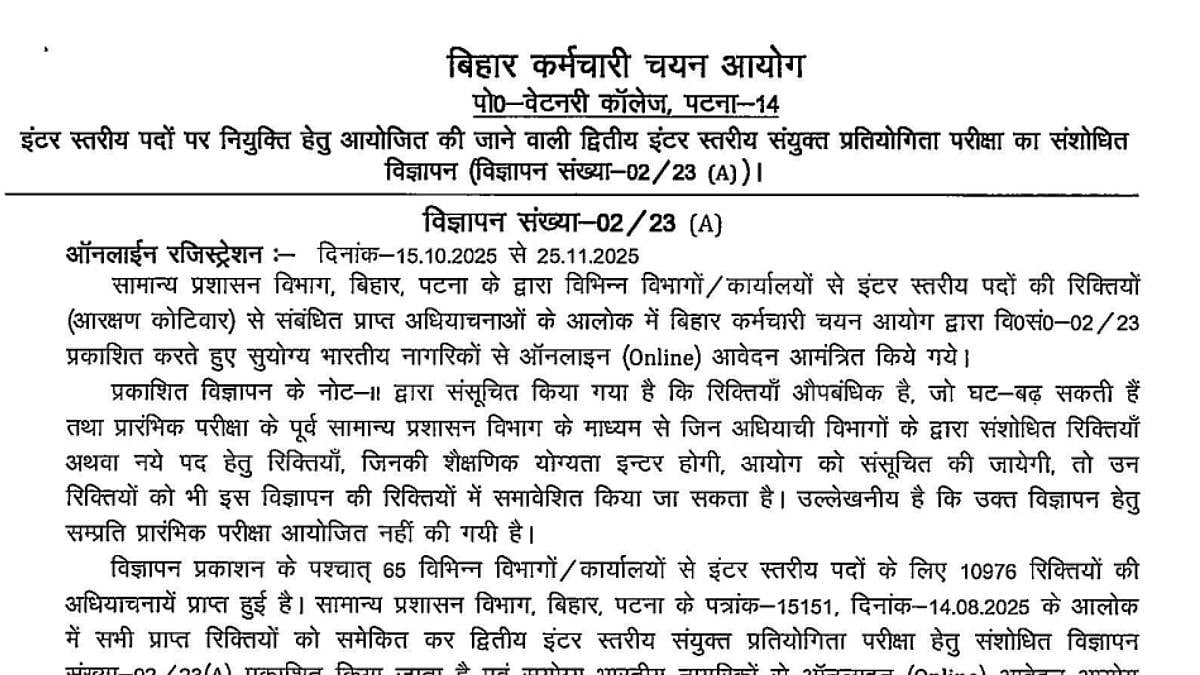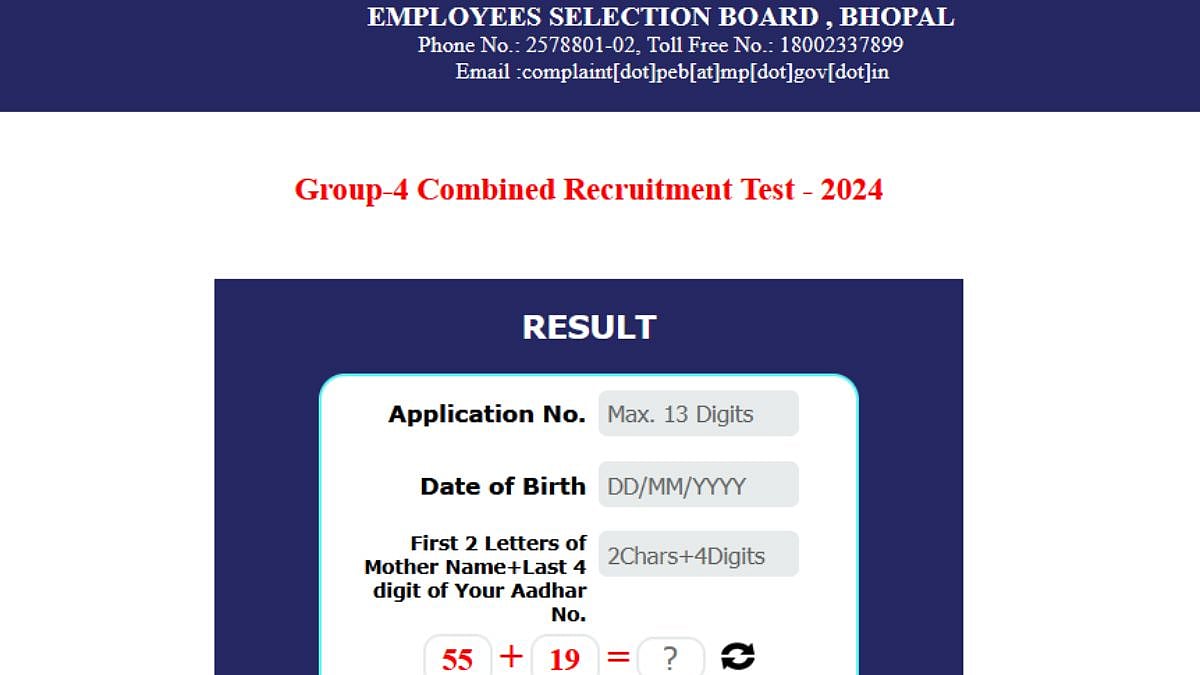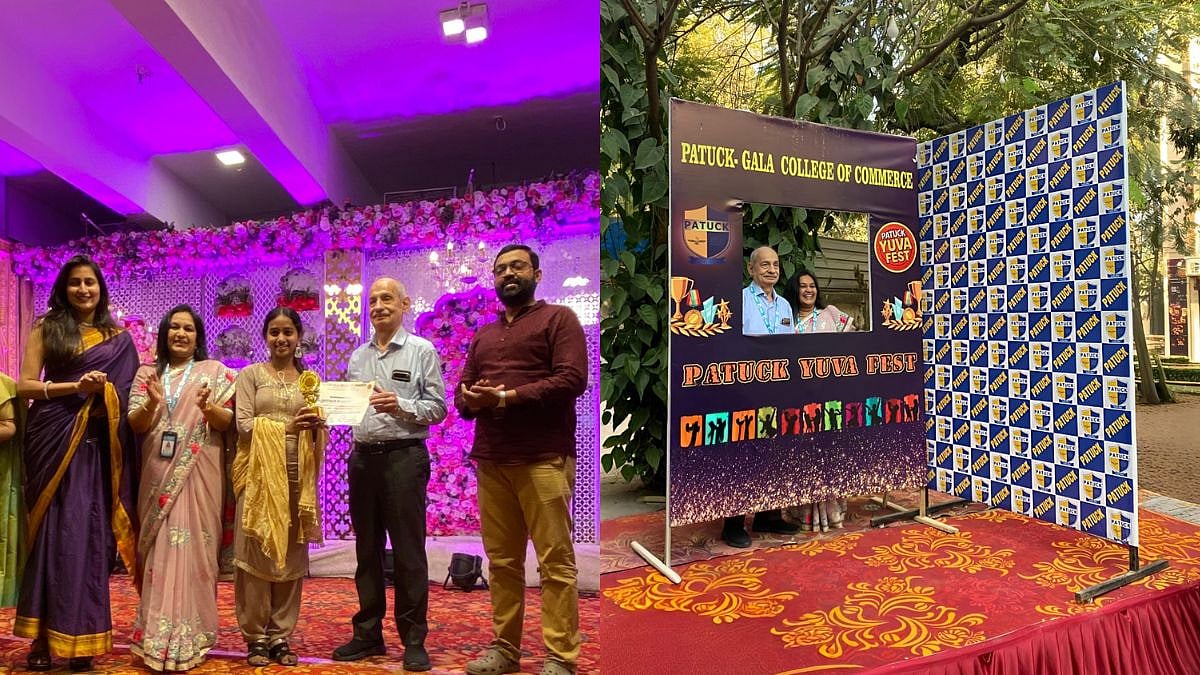In recent years, many MNCs have increasingly utilised customisation strategies to discover the value of designing unique products, price, people and production facilities. Kelloggs launched “UPMA” for the Indian market could be the classic example of customising the product. Since inception they made multiple attempts to launch different flavours in cornflakes like banana, apple, orange flavours. They created the market for few thousand crore in India purely because of customising the product as a strategy. Product customisation has recently attracted interest due to the emergence of “customisation”.
Companies face a lot of difficulties when trying to gain a strategic position and to differentiate themselves from other competitors in today's competitive markets, where there already exist a high intensity of competitors and low profit margins. Customisation is a classic approach to deal with these market challenges, which offers a competitive edge and the opportunity to enhance profit margins.
Despite India’s economic growth, many foreign companies have found it difficult to make money. But a number of companies have found a winning strategy that involves weaving together local and global value chains. Many MNC’s are not successful to replicate the same strategies in India what they practice in globally.
A classic example is Harley Davidson’s initial success upon entering India, but its growth then stalled and sales fall short of critical volumes. This inability to generate adequate volume frequently leads to an early exit. The most common approach so far has been to enter India with imported goods, hoping that the targeted high-income segment grows sufficiently to eventually justify local manufacturing. In manufacturing multiple variables like cost, quality, lead times, reliability, changing schedules, new product introduction are involved and its difficult to achieve by importing.
Companies like Renault mastered the approach of customisation and experienced the success. Renault Kwid is the classic example to cater to all income segments with global and local designs and use India as a hub for innovation, research and development. In its Kwid project, Renault-Nissan involved local suppliers right from the initial product development stage to implement a “design-to-cost” strategy. It is one of the most successful ‘Make in India’ stories led by its 98% localisation, which also contributes to its low cost of ownership.
LG entered the Indian consumer-durables market in 1997 by importing products designed and developed in South Korea. However, local customers found these products too expensive and lacking some important features. LG changed its strategy and set up local manufacturing facilities in India while adapting products to local consumer requirements. LG Electronics Inc.’s experience in India demonstrates the advantages of localising products and then launching them in other markets.
McDonald's marketing strategy is to brand globally and think locally. McDonald's in India also adapted to cultural standards addressing religious issues. Almost 60 percent of the company's market is Hindus who do not eat beef and Muslims who do not eat pork, so McDonald's removed both meat products from the menu. The chicken and the fish remained on the menu and also launched its first all vegetarian menu — Rice Bowl Biriyani — for the almost 40 percent of the market who doesn't eat meat at all.
Substantial localisation efforts are required to be successful in the Indian market. India is becoming a key innovation centre consistent with a global trend in R&D internationalisation. When global companies establish R&D centres in developing countries, they conduct reverse innovation and reverse technology transfer by collaborating with local companies to get the advantage of their knowledge. MNCs in India must turn the familiar mantra is “think global, act local” on its head. They must “think local,” which means fitting business models and approaches to the local reality with respect for the local culture and norms, with a sensitivity to the local political context and with appreciation for the roles that the Indian government expects MNCs to play. Customisation is redefining marketing and business strategies.


